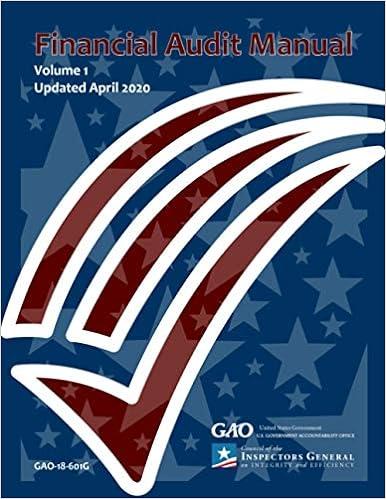

5. It is Spring, 2020. In response to the COVID-19 pandemic, a major worldwide pharmaceutical company is doing some initial development of a vaccine. At the same time, they are in discussions with some researchers at a university in England. These researchers began work quite some time ago seeking a vaccine for another virus, but the same research can be applied to COVID-19. They want to discover a vaccine to save lives, not make money. Now the pharmaceutical company must make a decision. They could: (i) Abandon the project. (ii) Develop their own vaccine. (iii) Go into a partnership with the university. Developing their own vaccine would cost (all figures are in USD) 900 million, and would have a 40% chance of being successful (i.e. taking the vaccine would actually prevent infection by the virus). However, it would then need extensive testing to make sure that there are no (or at worst, few) unintended side effects. Depending on what is discovered during the development of the vaccine, there's a 15% chance of needing extensive testing, and an 85% chance of needing only ordinary testing. The company could abandon the project just before testing if it wished to do so. Extensive testing would cost 2000 million, and there's a 65% chance that the drug could be rejected at this stage. Ordinary testing would cost 500 million, and there's a 30% chance that the drug could be rejected at this stage. The company believes Extensive testing would cost 2000 million, and there's a 65% chance that the drug could be rejected at this stage. Ordinary testing would cost 500 million, and there's a 30% chance that the drug could be rejected at this stage. The company believes that a vaccine with few side effects would be worth 10,000 million in future gross profit. Partnering with the university has some pluses and minuses. On the one hand, development costs would be only 750 million, and the probability of success in protecting against the virus would be 80%. On the other hand, the university would stipulate that they would have to market the vaccine only slightly above cost per vaccine. Even so, worldwide demand would be so great that the gross profit would still be a respectable 5000 million. The probability of needing extensive testing is now only 10% (and therefore the probability of needing ordinary testing is 90%), but the other testing costs and probabilities are the same as in the preceding para- graph. Again, the company could abandon the project just before testing if it wished to do so. Draw a decision tree to make a recommendation to the pharmaceutical company








